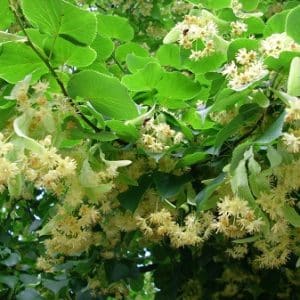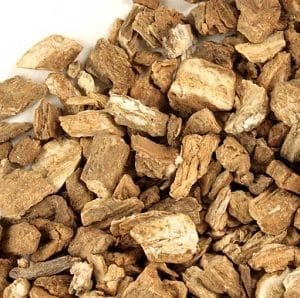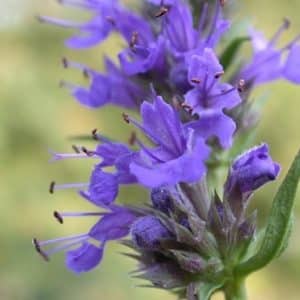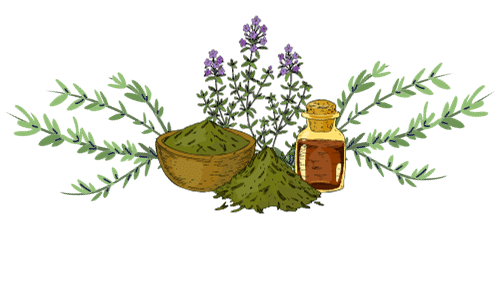Native to the mountainous regions of the world, the pine is still widely distributed throughout the Northern Hemisphere. It is a coniferous tree, growing to 150 feet with reddish-brown bark, fine linear needle-like leaves, yellowish buds in winter, and oval to conical-shaped cones. The leaves are gathered in summer, while the stems are harvested only when the tree is felled.
Ancient Mexicans used pine resin to make ointments. According to the Aztec Herbal, compiled in 1552, a recipe using pine needles and flowers in a liquor was placed in the armpits of the sick in order to remove the evil smell . The same book also mentions a recipe for an enema to alleviate dysentery.
Several species of the pine that grow in North America have long been used by Native Americans for their lumber, bark, needles, cones, and seeds. However, it is the white or soft pine (P. strobus) that appeared to be especially beneficial. The Chippewa treated cuts and wounds by making a decoction of the trunk bark, then combining it with the inner bark of the wild cherry and wild plum. Other tribes used compresses of pine to treat burns and other injuries. Teas were made from the needles.
Pine is still a favourite added to disinfectants and other household cleaners.
The distilled resin produces turpentine.
Key Actions
Key Components




